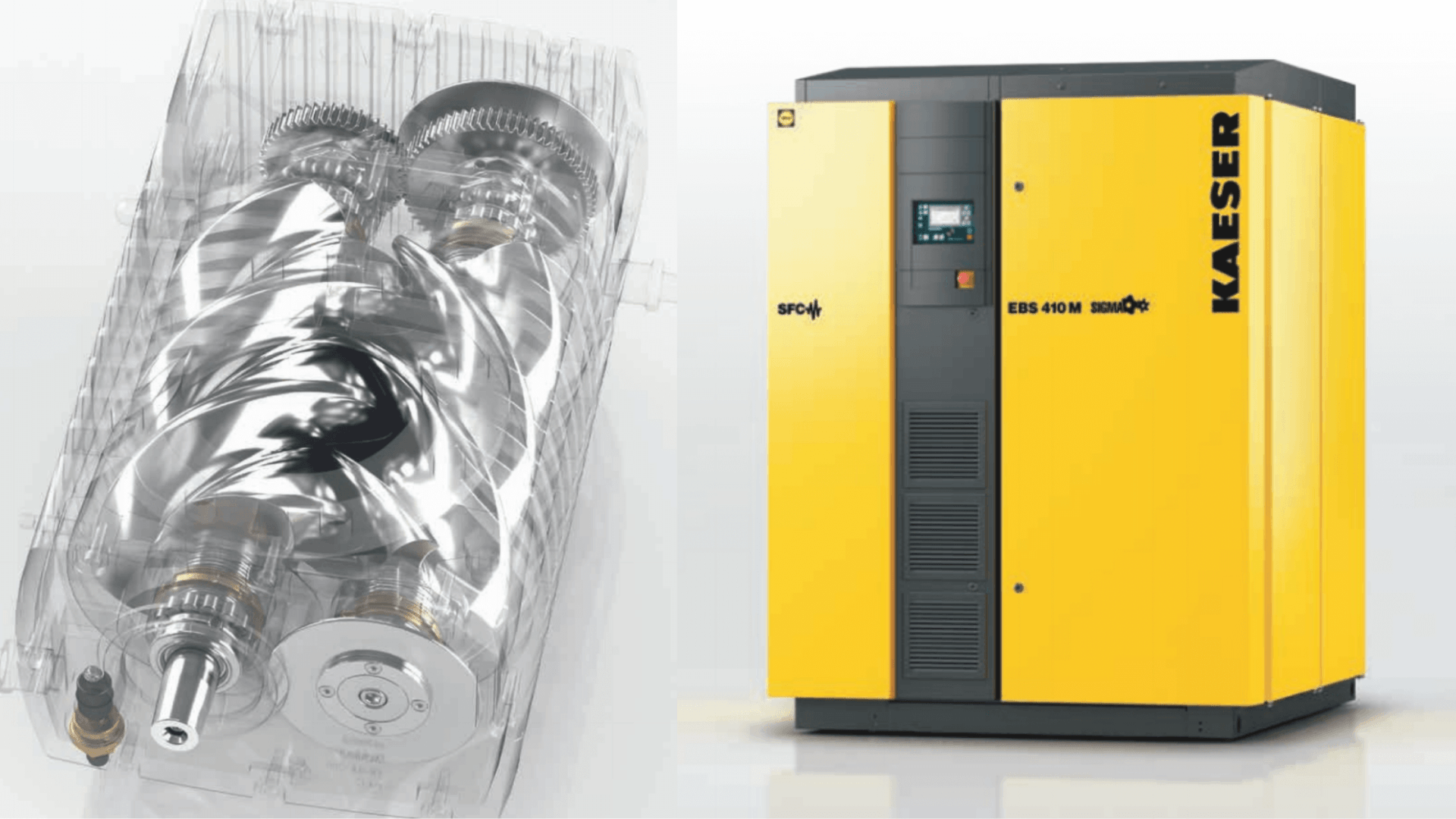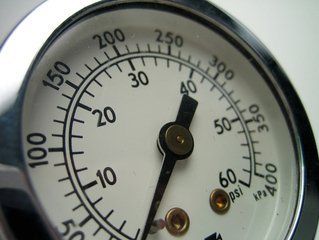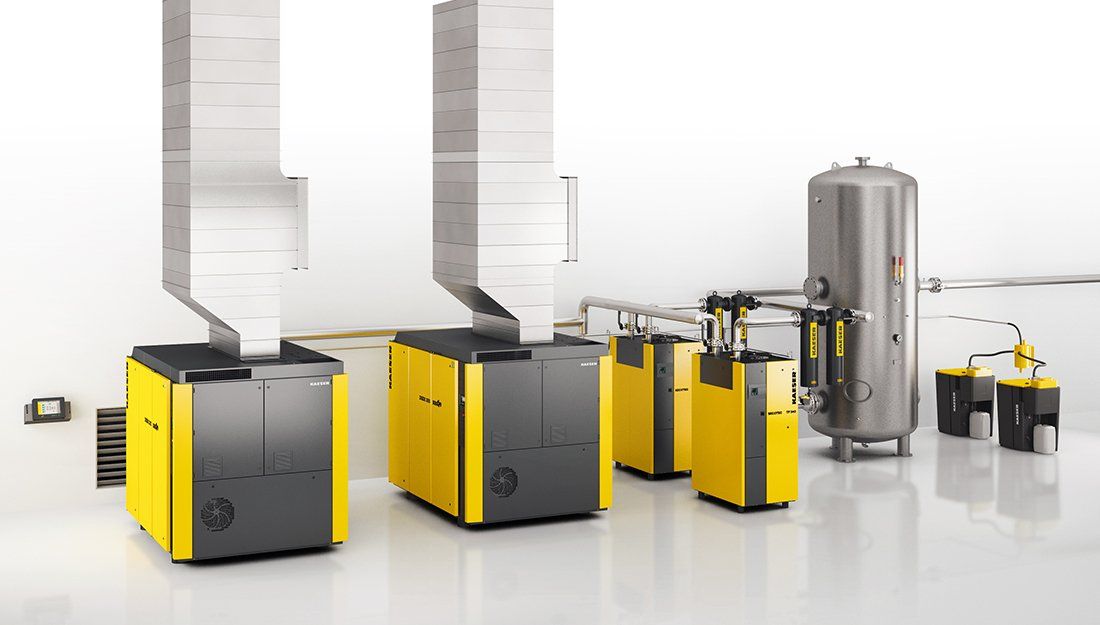How to Choose an Industrial Air Compressor
Are you in the market for an industrial air compressor? If so, you may be feeling overwhelmed by the many options available. Choosing the right compressor for your needs can be a daunting task, but fear not! In this blog post, we'll guide you through the process and help you make an informed decision.
The first step in choosing an industrial air compressor is to determine your specific needs. Ask yourself the following questions:
- What will I be using the compressor for?
- How much air pressure do I need?
- How much air volume do I require?
- What is my compressed air use profile?
- What quality of compressed air do I need?
- What available space do I have?
- What is my available power?
By answering these questions, you can narrow down your options and find a compressor that meets your requirements.
When it comes to power source, you have a few options to choose from. Electric compressors are popular due to their ease of use and low maintenance requirements. They are also quieter than their gas-powered counterparts. However, if you need to operate the compressor in a remote location or in an area without access to electricity, a gas-powered compressor such as a piston compressor or a portable compressor may be the better choice. Consider your specific circumstances and choose accordingly.
The next most important factor to consider is the durability and reliability of your compressed air system. How much would loss of production cost you if there was a breakdown? As well as choosing equipment that has a high reliability factor, good system design ensures reliable production. Look for a compressor that is made with high-quality materials and has a solid reputation for performance. Read reviews from other customers to get an idea of the compressor's longevity and reliability. Remember, you want a compressor that will stand the test of time and provide you with reliable performance for years to come. Consider partnering with a company that has the expertise to provide good system design.
Now, let's talk about maintenance. Like any piece of equipment, an industrial air compressor requires regular maintenance to keep it running smoothly. Look for a compressor that is easy to maintain and has readily available replacement parts. This will save you time and money in the long run. Regular maintenance will also prolong the life of your compressor and ensure optimal performance.
Once these questions have been answered, it is now time to consider savings made through system efficiency. Are there opportunities for energy recovery? Is a multiple-compressor design the best choice? When should a speed drive compressor be chosen and when shouldn't one be chosen? What is the optimal receiver sizing? How do you minimize pressure drop across air treatment equipment?
Finally, consider the price of the compressor. While it may be tempting to go for the cheapest option available, it's important to remember that quality comes at a price. Investing in a high-quality compressor may cost more upfront, but it will pay off in the long run. A reliable and durable compressor will save you money on repairs and replacements down the line. Make sure you factor in the costs of maintenance, power, and potential production loss when considering the price of a compressor. If the upfront cost of a compressor is outside of your budget, consider leasing a compressor through PSL Total Air (you can read more about our lease options here).
To sum it all up, choosing an industrial air compressor requires careful consideration of your specific needs, the power source, durability and reliability, maintenance requirements, and price. By taking the time to research and evaluate your options, you can find the perfect compressor for your needs. If you're still not sure where to start, feel free to reach out to our dedicated and knowledgeable sales team and they'll be happy to guide you through the process.




